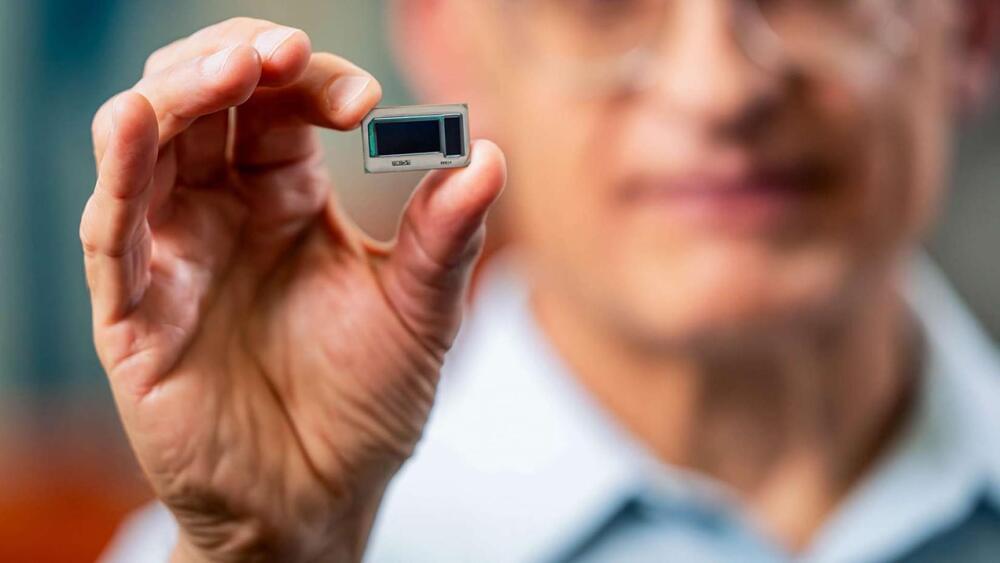The space advocacy movement has announced an initiative to found the Mars Technology Institute, which aims to create the technologies necessary for establishing a presence on the red planet.
The Mars Society is a space advocacy organization established in 1998 by Dr. Robert Zubrin and other members. The association studies settlement technologies for Mars and educates the public on the benefits of such missions.
In recent developments, the space advocacy movement has announced an initiative to found the Mars Technology Institute. This endeavor aims to create the technologies necessary for establishing a presence on the red planet.







